- Apply
- Visit
- Request Info
- Give
Scroll

Although child development follows a universal path, young children are also unique - with individual temperaments, dispositions, passions and prior experiences. While recognizing and appreciating these differences, adults can explore ways to effectively individualize for each child while also supporting all children to learn and develop optimally.
The videos and resources below provide ideas and guidance on how to differentiate for student's unique needs and support their learning and development in the early childhood classroom.
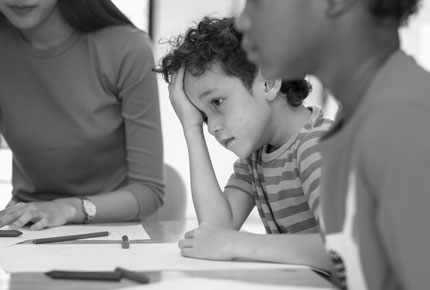 Supporting Children Affected by Trauma (Series, 2023)
Supporting Children Affected by Trauma (Series, 2023)
This series is aimed at providing basic awareness to early childhood educators about how experiences with trauma may manifest in the classroom, how educators might respond in the moment to trauma-related behaviors, and how to set up the classroom environment to support children with a variety of needs and build the resilience of all children. The three videos include:
- Understanding the Potential Effects of Trauma on Young Children (7:51)
- Creating Classroom Environments that Build Resilience
- Responding to Trauma-Related Behaviors in Early Childhood Settings
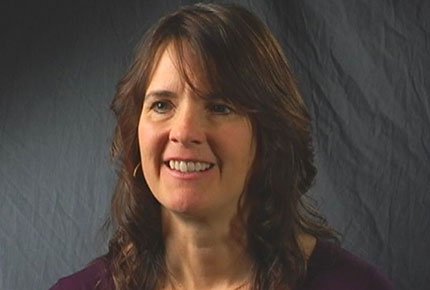 Strategies for Supporting Dual Language Learners in an Early Childhood Classroom (2:46, 2016)In this "Reflection from the Field," preschool teacher Beth Martin describes the importance of building relationships with children whose home language is different from her own, and the techniques she uses to help dual language learners understand what is happening in the classroom and become more comfortable speaking in English.
See video and resources
Strategies for Supporting Dual Language Learners in an Early Childhood Classroom (2:46, 2016)In this "Reflection from the Field," preschool teacher Beth Martin describes the importance of building relationships with children whose home language is different from her own, and the techniques she uses to help dual language learners understand what is happening in the classroom and become more comfortable speaking in English.
See video and resources
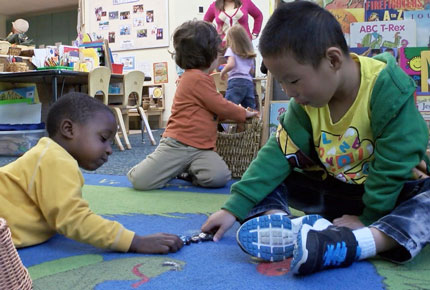 A Study of the Play of Dual Language Learners in an English-Speaking Classroom (8:31, 2020)
A Study of the Play of Dual Language Learners in an English-Speaking Classroom (8:31, 2020)
This video highlights findings from a qualitative study exploring the play interactions of dual language learners, including implications for teachers and suggestions for strategies that support social interactions between dual language learners and their English-speaking peers.
Watch video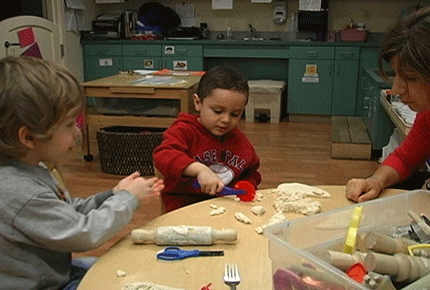 Supporting Children's Individual Needs (7:28, 2011)Early childhood professionals face the continual challenge of planning for the entire classroom while meeting each child’s individual needs. This video stresses the importance of observing children and assessing their strengths and needs to determine how best to support them, and teacher Niloufar Rezai reflects on strategies she used to identify and support a child’s learning needs, including working closely with the child’s family and giving them ideas for activities to do at home. When teachers identify children’s interests, work closely with their instructional team, and partner with families, they can effectively support the learning needs of all children in their classroom.
Supporting Children's Individual Needs (7:28, 2011)Early childhood professionals face the continual challenge of planning for the entire classroom while meeting each child’s individual needs. This video stresses the importance of observing children and assessing their strengths and needs to determine how best to support them, and teacher Niloufar Rezai reflects on strategies she used to identify and support a child’s learning needs, including working closely with the child’s family and giving them ideas for activities to do at home. When teachers identify children’s interests, work closely with their instructional team, and partner with families, they can effectively support the learning needs of all children in their classroom.
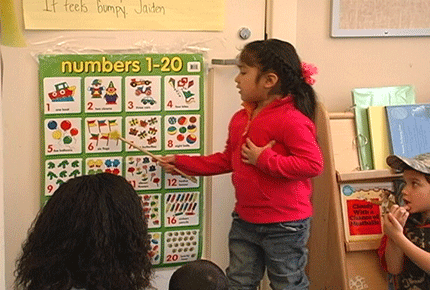 Supporting English Language Learners in the Preschool Classroom (7:24, 2012)Many preschool classrooms now include children whose first language is not English. This video provides guidance for early childhood professionals on how to support children as they develop oral language skills in both their first and second languages.
Supporting English Language Learners in the Preschool Classroom (7:24, 2012)Many preschool classrooms now include children whose first language is not English. This video provides guidance for early childhood professionals on how to support children as they develop oral language skills in both their first and second languages.
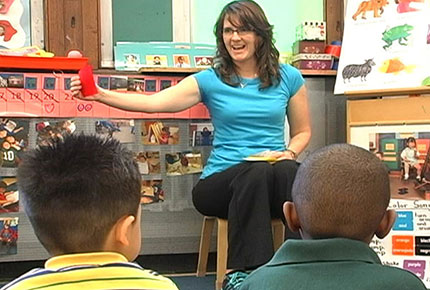
Inspiring Lessons (29:20, 2012)
In 2008, Eastern’s Center for Early Childhood Education began a three-year effort to improve the early literacy skills of over 500 preschool children in Windham, Connecticut under a U.S. Department of Education Early Reading First grant. This video shares some of the important lessons learned during the Community Partners for Early Literacy (CPEL) project.
See video and project lessons
